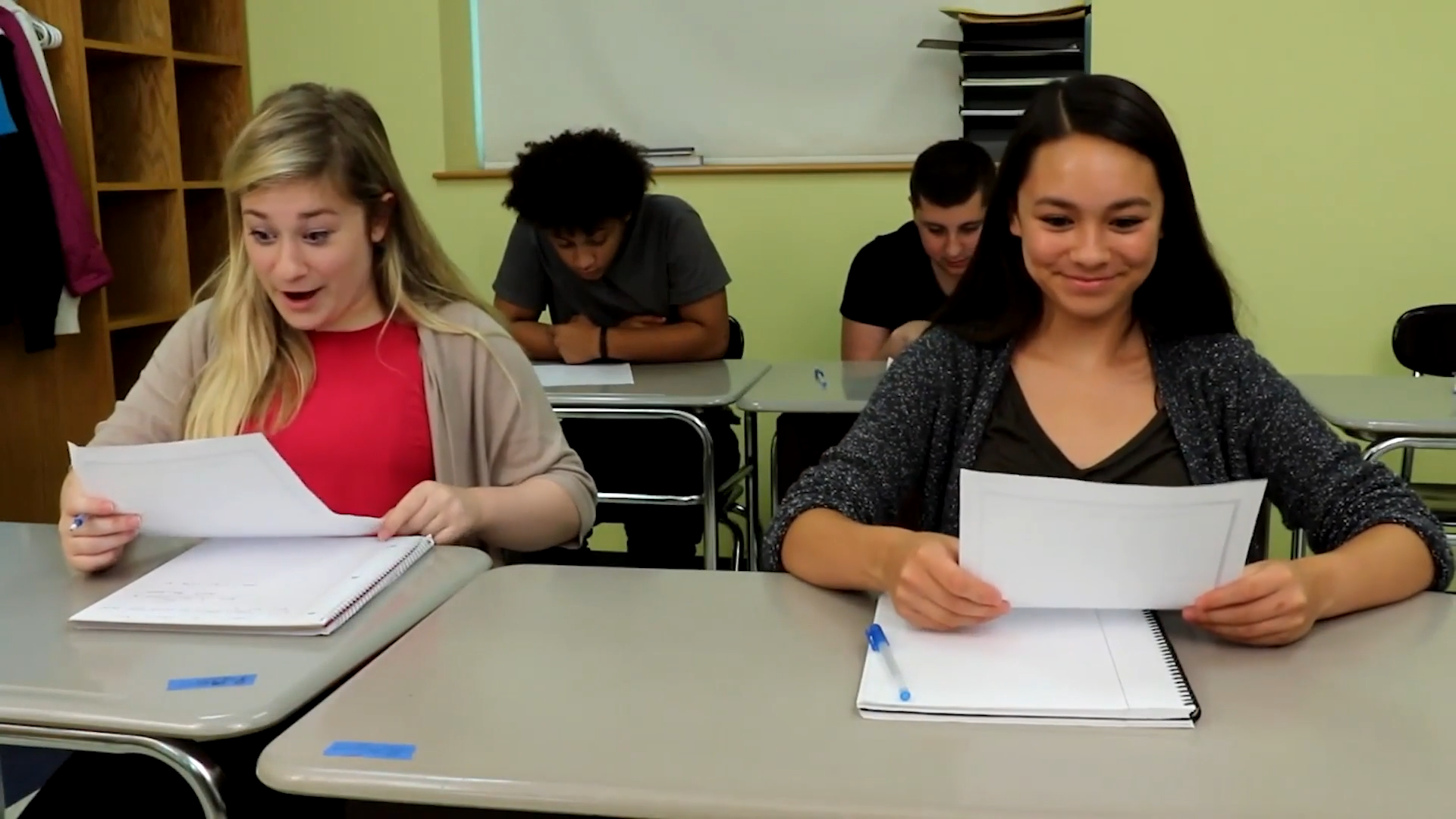
Introduction
As educators, we know that understanding emotions is crucial for students to build strong relationships and navigate social situations effectively. One way to teach students about emotions is by helping them recognize facial expressions and body language. In this blog post, we will discuss an easy, no-prep activity designed for elementary students to practice reading emotions using these non-verbal cues. We will also provide discussion questions to encourage deeper thinking and suggest related skills to explore further.
No-Prep Activity: Emotion Detective
This activity requires no preparation or materials, making it an excellent option for busy educators. To begin, gather students in a circle and explain that they will be practicing their emotion-detecting skills by observing facial expressions and body language.
Choose one student to be the “Emotion Detective” and have them step outside the circle. The remaining students will silently choose an emotion to portray through their facial expressions and body language while the Emotion Detective is not looking. Once everyone has chosen an emotion, invite the Emotion Detective back into the circle. Their task is to observe the other students and guess the emotions they are portraying.
After the Emotion Detective has made their guesses, allow the students to reveal the emotions they were portraying. Discuss how the Emotion Detective used facial expressions and body language to make their guesses. Repeat the activity with a new Emotion Detective and a different set of emotions.
Discussion Questions
- How did you decide which facial expressions and body language to use for your chosen emotion?
- What challenges did you face when trying to guess the emotions of your classmates?
- Why is it important to be able to recognize emotions in others?
- How can understanding someone’s emotions help you in social situations?
- Can you think of a situation where misreading someone’s emotions could lead to a misunderstanding?
Related Skills
Besides understanding emotions through facial expressions and body language, other essential skills can help students build strong relationships and navigate social situations. These skills include:
- Active listening: Paying close attention to what others are saying and responding thoughtfully.
- Empathy: Putting oneself in another person’s shoes to better understand their feelings and perspective.
- Conflict resolution: Learning how to address disagreements respectfully and find solutions that work for everyone involved.
- Assertiveness: Expressing one’s thoughts and feelings clearly and confidently while respecting the rights and feelings of others.
Next Steps
Encouraging students to recognize emotions through facial expressions and body language is an essential part of Social-Emotional Learning. To further support your students’ growth in this area, consider signing up for free samples of related skill materials at Everyday Speech. These resources can help you cultivate a classroom environment where students feel empowered to understand and express their emotions effectively.

